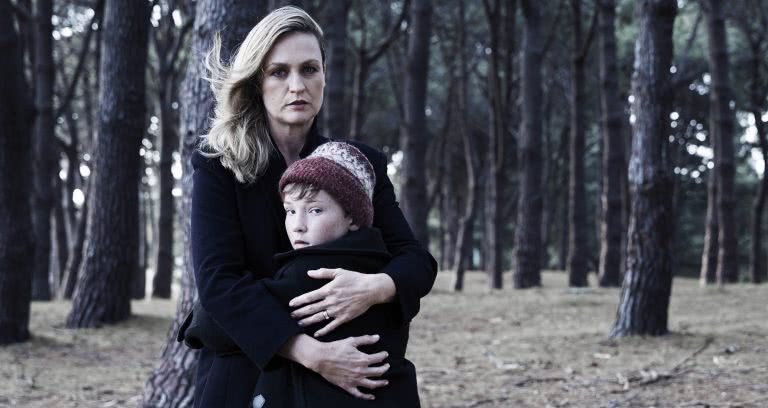In what turned out to be one of the more entertaining interviews I’ve conducted, Terry Serio unexpectedly broke into an impersonation of Cate Blanchett impersonating Blanche Dubois from A Streetcar Named Desire, and enthused about television motivating audiences to seek challenging new stories and complex characters. One of two characters he portrays in Bell Shakespeare’s The Winter’s Tale is notoriously directed to “Exit, pursued by bear”, so Serio has some insight into unexpected narratives…
Most people have read at least a little Shakespeare (even if under duress in high school), and the plots of his more famous plays are so deeply ingrained into our thinking that their influence is unlikely to ever disappear. The hurdle for many people is the rich, perplexing language used to develop these complicated plots, and actors themselves are not exempt from this.
“Learning the lines, I was given one little piece of advice.” Serio recalls. “It was back in mid-December, and I was told “Learn it, and learn it now. In Shakespeare there’s nothing like being uncomfortable, and the audience will know it.” So I started learning from that moment, and I’m so glad I did because, you know, Shakespeare is hard. It takes great concentration to put it all together. It’s like a puzzle, like a word science experiment, pulling bits together, putting them through a wringer and seeing what comes out the other side. It’s hard, but it’s magical.”
His description seems particularly apt given director John Bell has chosen to draw out the supernatural, magical elements of the play – resurrecting a dead child to act as a kind of audience spirit guide through the story – while bringing the story forward a few hundred years and adding music. The result is a production that sounds genuinely exciting.
“There’s an element of playing with time in this production,” Serio says, “and John Bell has focused that on the journey of the child. He’s kind of mystically controlling the action in a way. It’s a lovely move because it makes the whole play so much more magical, and given that it’s not one of the Shakespearean plays that is often performed it takes it into a whole new realm. Setting it in the late sixties, seventies really lends it to great music, and Alan John has created some songs that are really fun, really entertaining. Somewhere between The Byrds and The Doors.”
Tampering with Shakespeare is a risk. While Australian theatre has seen the Bard endlessly updated and rearranged, many audiences still shy away from extravagant re-imaginings or contemporisations.
“I think the thing is…” Serio ponders his words. “Audiences these days are highly educated in terms of their need to follow story. I can sit down and watch eight hours of Breaking Bad or True Detective and just eat it up. I’m following the story, I’m intrigued by these characters, and I think that’s what Shakespeare does. He has plots that you really do need to follow closely, and I think modern audiences have been educated to follow complicated stories. I think theatre audiences especially are quite discerning. I know there have been productions at Belvoir recently where they’ve fooled around with the text a little, but I reckon I’d rather fool around with things like the time frame, the setting, elements that can change the look and atmosphere rather than the text. I think that’s exactly what Shakespeare really soars, and it’s our responsibility as actors to make that work for the audiences. We have to understand it so completely that in our delivery you have total faith in that character. You drop clues, do all sorts of subtle things from music to lighting to develop the feeling that this is all genuine. I think that’s part of the joy of it. That audiences have such high expectations of Shakespeare now, and that allows you to look at the production in unexpected, intricate ways. It’s the wonder of the language, but of course that’s also the wonder of Shakespeare.”
The Winter’s Tale is on from Saturday March 1 to Saturday March 29 at Sydney Opera House, Playhouse

































